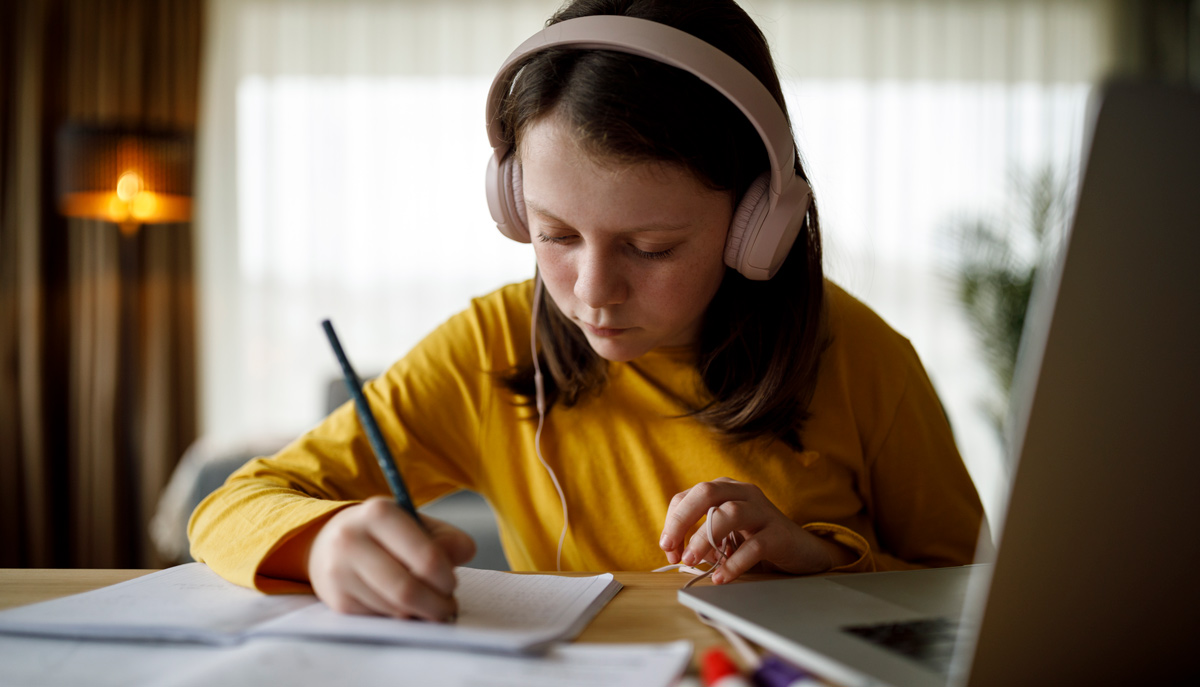
NAEP reports are divided into five percentiles: lower- (10th and 25th percentiles), middle- (50th percentile) and higher- (75th and 90th percentiles) performing students. While the 2022 scores reflect a decline in all categories, scores for lower-performing 9-year-old students declined more than scores for higher-performing students compared to 2020. For example, in math, the 10th and 25th percentile of lower-performing students saw scores drop by 12 and 11 points, respectively; while scores in the 75th and 90th percentile of higher-performing students declined by five points and three points, respectively. The middle-performing group saw its average score decline by eight points.
The score difference between students attending suburban schools and students attending urban schools narrowed in reading between 2020 and 2022. The eight-point decrease in scores for students attending suburban schools compared to the unchanged score for students attending urban schools resulted in a narrowing of the score gap between students attending schools from these two locations (from 12 points in 2020 to 4 points in 2022).
These differences were also reflected in score gaps between white students and students of color. For example, in math, the 13-point score decrease among Black students compared to the 5-point decrease among white students resulted in a widening score gap from 25 points in 2020 to 33 points in 2022. Hispanic students saw reading scores fall by six points in reading (the same as white students, maintaining the 19-point score gap) and by eight points in math, resulting in a 23-point score gap.
The NAEP LTT results report emphasizes that “results cannot be used to establish a cause-and-effect relationship between the characteristics or experiences and student achievement. NAEP is not designed to identify the causes of performance differences. There are many factors that may influence average student achievement, including local educational policies and practices, the quality of teachers, and available resources. Such factors may change over time and vary among student groups.”
Students who took the test were asked other questions related to their virtual learning. Of the 70 percent who learned remotely during the 2020–21 school year, higher performers had greater access to a desktop computer, laptop or tablet all the time; a quiet place to work available some of the time; and a teacher available to help them with math or reading schoolwork every day or almost every day compared to lower performers. For example, while 83 percent of higher performers had a device to receive virtual instruction, just 58 percent of lower performers did. High-speed internet access lacked for all groups, but especially lower-performing students, in which only 26 percent has access “some of the time” (43 percent of higher-performing students reported having the same access).
U.S. Secretary of Education Miguel Cardona reacted to the NAEP LTT assessment results by encouraging LEAs to use this data to help sharpen and focus plans to accelerate learning.
“As Secretary of Education, I’ve traveled to 35 states and talked with countless students, families and educators. In every conversation, it’s clear: The pandemic has had profound impacts on our children and youth. Our students’ academic performance will reflect these impacts — as well as inequities in educational opportunity that preceded and continued through the pandemic,” Cardona wrote in a USA Today opinion article. “This data should serve as a further call to action for states, districts and communities to use [COVID relief funds] quickly, effectively and on strategies we know work. We must raise the bar for our students now and use the resources we have to meet that bar. We must recognize this moment for the urgency it carries: Our students — and the progress of our country — depend on it.”